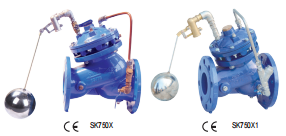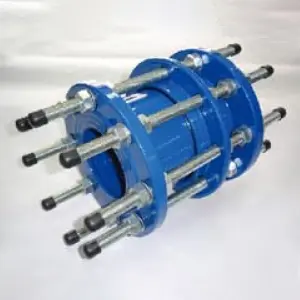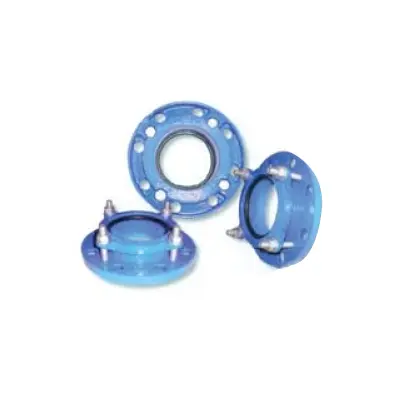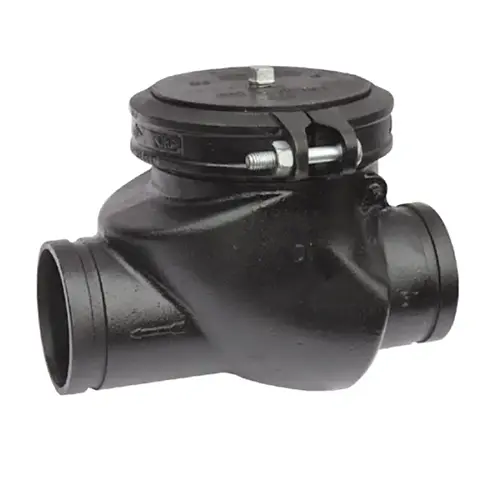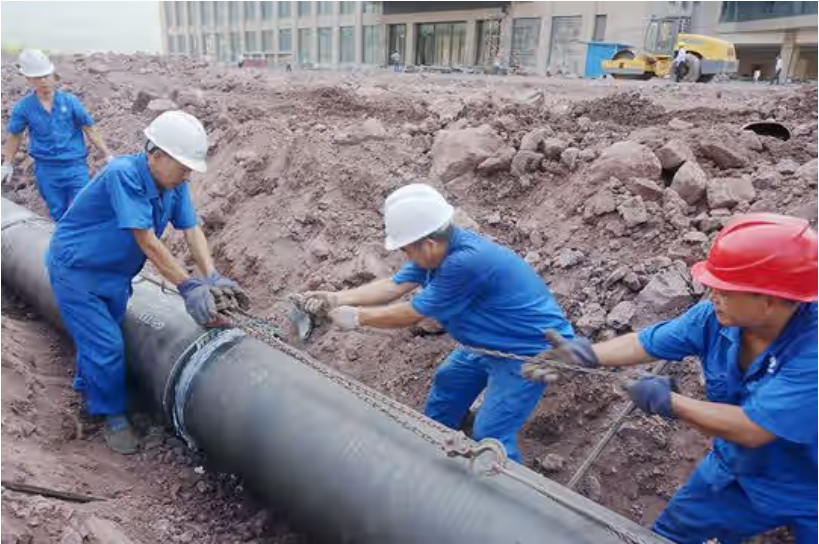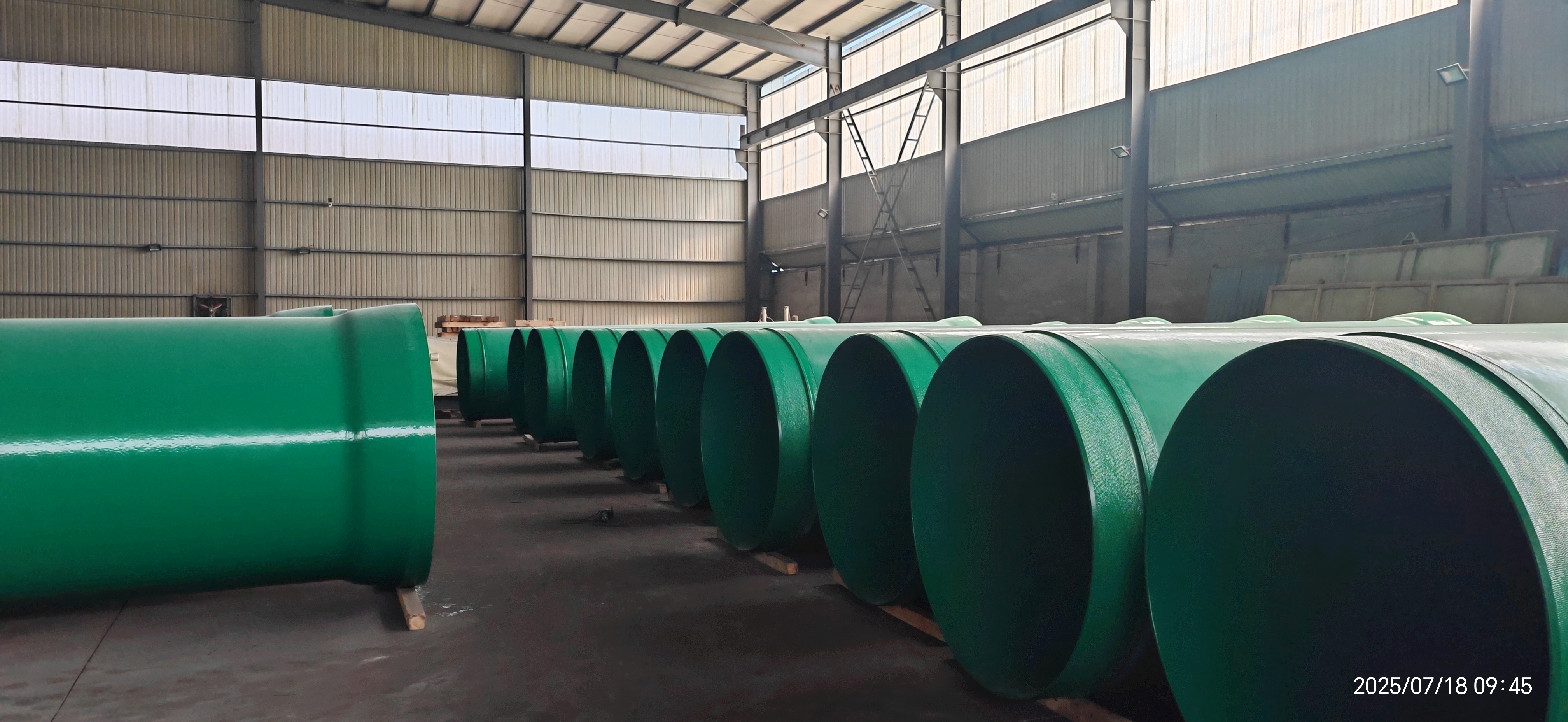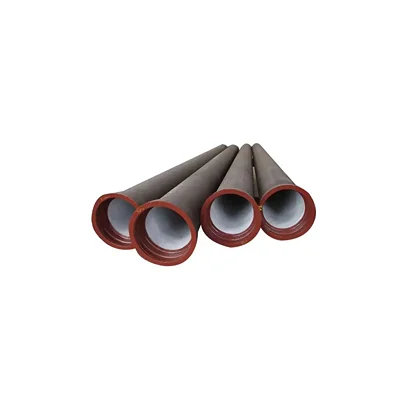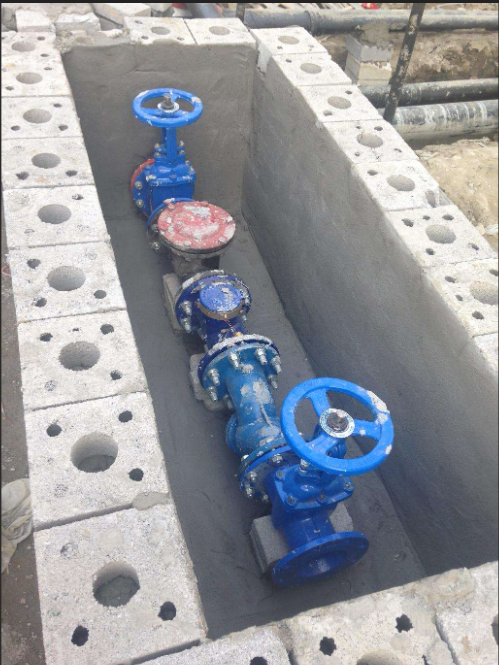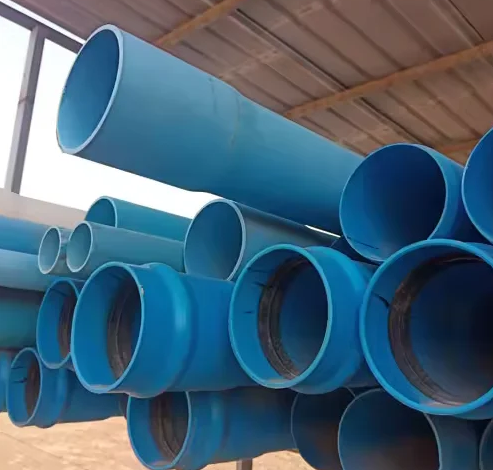Email Us
What is the Y type of strainer?
The Y-type strainer stands as the most widely used mechanical filtration device in industrial piping systems, its name derived from the distinctive Y-shaped configuration of its housing. Its core function is to intercept solid particulate impurities within fluids (such as rust, welding slag, pipe scale, or process residues) through an internal strainer screen, thereby protecting downstream equipment (pumps, valves, flow meters, heat exchangers, etc.) from wear or blockage. The operating principle involves: fluid entering the strainer housing via the inlet, flowing through an angled cylindrical screen where contaminants are trapped on the inner surface, while clean fluid passes through the mesh openings to the outlet. Accumulated debris can be removed by manually or automatically opening the drain valve at the bottom.
Key structural components of the Y-type strainer include: a Y-shaped housing typically fabricated from cast carbon steel, stainless steel, or ductile iron; a removable end cap (secured by bolts or threaded seal) at the top; an internally mounted cylindro-conical strainer basket (commonly 304/316 stainless steel with mesh sizes ranging from 0.5mm to 3mm); and a drain port (flanged or threaded) at the base. Its structural advantages lie in low flow resistance (straight-through design with pressure drop below 0.1 bar), compact footprint (smaller than basket strainers), and maintenance without pipeline disassembly (the screen can be accessed by removing the end cap).
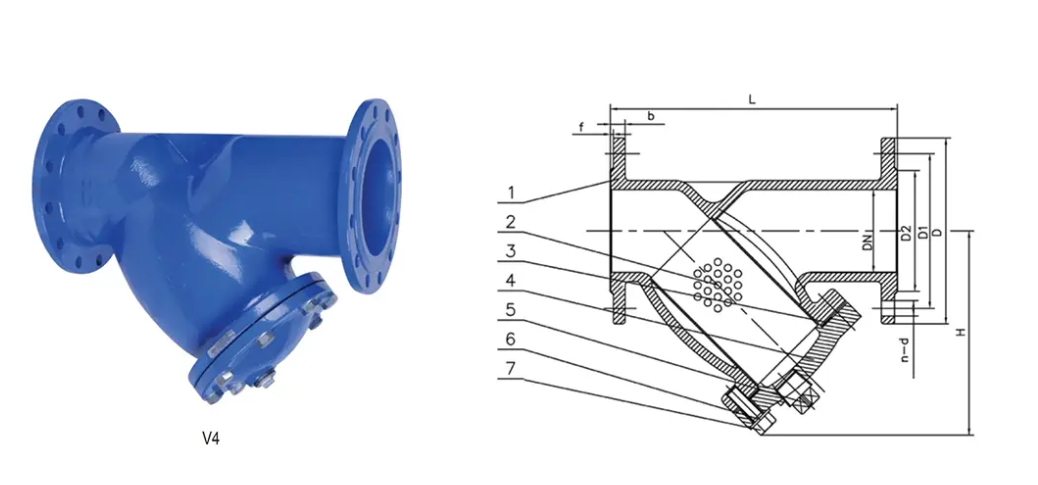
To meet diverse operational demands, critical functional variants have been developed. High-pressure reinforced models feature thickened housings and forged flanges, withstanding pressures up to PN100 (10 MPa) for applications like power plant main steam lines. Cavitation-resistant types incorporate flow-guiding vanes within the screen structure to prevent bubble-induced erosion under high differential pressure. Self-cleaning versions integrate backflush mechanisms and differential pressure sensors for automatic debris discharge. High-temperature specialized units employ graphite spiral-wound gaskets and alloy steel screens for service up to 450°C. For corrosive environments (e.g., chemical plants), full 316L stainless steel construction resists acid/alkali media attack.
Engineering selection requires evaluating five critical parameters: First, filtration fineness (based on protected equipment needs—e.g., 80 mesh/180 μm upstream of centrifugal pumps, 200 mesh/75 μm before control valves). Second, flow rate and pipe diameter (full size range DN15-DN1200; velocity should be maintained at 1-3 m/s to prevent particle penetration). Third, operating pressure and temperature (housing material must match conditions—e.g., PN16 ductile iron for ambient water systems, PN40 carbon steel for medium-pressure steam). Fourth, connection type (flange standards must align with piping: ANSI/EN/DIN). Finally, drain method (manual drains are economical but require monitoring; automated systems suit unmanned stations).
Installation and maintenance best practices mandate: horizontal mounting (drain port vertically downward) to enable debris settling by gravity; strict alignment of flow direction arrows with fluid movement; pump intake strainers positioned ≥10 pipe diameters upstream to avoid turbulent interference; and pre-commissioning line flushing to prevent screen impact by welding slag. Maintenance frequency depends on contaminant load, typically requiring screen cleaning when pressure differential reaches 0.5 bar (steam systems may need daily draining). As the first defense line in chemical, power, marine, and HVAC systems, Y-strainers reduce equipment failure rates by over 40%, proving essential for system reliability.
SHANDONG EPOCH EQUIPMENT CO., LTD. is a large-scale professional manufacturer in Shandong Province of China, adheres to the orientation of science and technology, environmental protection, quality and efficiency. At present, it has grown into a trans-regional and multi-industrial enterprise integrating such wide industries as design, development, production and export. Visit our website at https://www.epochpipeline.com/ to learn more about our products. For inquiries, you can reach us at sdepochwater@hotmail.com.
- Key points for quality inspection of ductile iron pipes
- Why do Carbon Steel Pipes keep winning tough industrial projects?
- What are the connection methods for ductile iron pipes?
- The Origin of the Butterfly Valve's Name
- Should Your Next Water Project Trust Ductile Iron Pipe Fitting?
- What are the differences between flanges and flange blind plates?
About Us
Contact Us
No. 112, Jiefang Road, Lixia District, Jinan City, Shandong Province, China
Copyright © 2025 Shandong Epoch Equipment Co., Ltd. All Rights Reserved.


